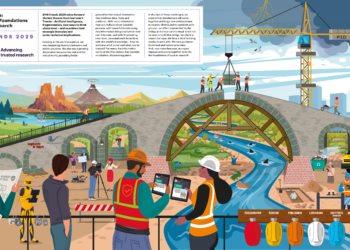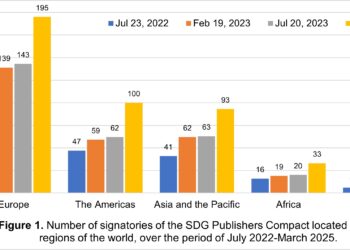
- Image by Leo Reynolds via Flickr
While Twitter and Facebook and WordPress and blogs and the like have been described in terms of their social media appeal and power, they also are heralding in a new era of the Web — the public real-time Web.
Before these came along, the real-time Web was hidden in private email exchanges and discussion boards. Any public real-time Web was too small to matter. Even things like Digg hadn’t quite reached the point of major significance.
This is a potentially seismic shift, but it’s happening in a way that requires us to think about it rather than feel it. It’s not jarring. We’re being transported by it, so we only notice it by measuring our movement against what is stationary. And, believe it or not, that stationary object might be Google.
A recent blog post explains the difference very well (in the context of how this might threaten Google):
Simply put, it’s the difference between discovery and search, between the “Now Web” and the “Then Web.” Here’s a more specific analogy: In college, most of us spent a lot of time in the library but also in a social hub like the campus coffee shop. One was a place for digging up information, the other a more dynamic, conversational setting, where ideas were casually exchanged. Google has been the web’s library: archival, organized and oriented around research. Twitter and Facebook, on the other hand, are coffee shops: instantaneous, conversational and oriented around discovery.
Of course, there’s a trade-off between the library and the coffee shop. One is more serious and academic, the other more fun and social. Whether they are better separated or mixed together will be a matter of some debate.
Does Google need to buy Twitter? Google leadership doesn’t think so. Social applications tend to be open, so people in the library can effectively eavesdrop. They can also hang out there after studying.
Commercializing the “Now Web” is going to be daunting, as a recent article in AdWeek outlines. How do you craft messages on-the-fly? One solution is to run live video from locations users Twitter about or Facebook about in ads targeting specific groups. It can make the immediate seem immersive.
Scholarly publishers have been the subject of the “Now Web” for a while. What are they doing to harvest it and use it?
Tell us if you know of anything. Or are we stuck in the library?
Discussion
4 Thoughts on "The Real-Time Web Emerges"
![Reblog this post [with Zemanta]](http://img.zemanta.com/reblog_e.png?x-id=71d3aaaf-e51b-4a00-b363-9e1f1b384fc3)


